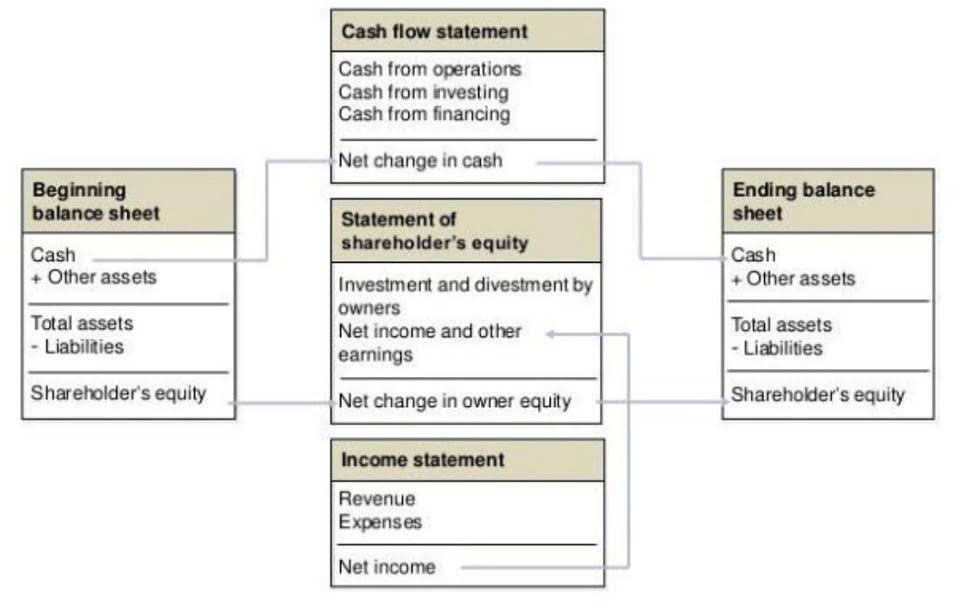
When polled, 58% of employees admitted to stealing office supplies from work. But, stealing office supplies isn’t the only misuse of company assets you have to worry about. Employee fraud can be difficult to detect because there are so many types of fraud to worry about. Regular audits, both internal and external, can help detect discrepancies. Additionally, a surprise audit can deter potential fraudsters as it adds an element of uncertainty.

Perpetrators add these non-existent individuals to the payroll records and divert their salaries into their own pockets. This form of fraud can be particularly challenging to detect when proper controls are not in place. One effective way to prevent ghost employee fraud is to implement strict controls throughout the employee lifecycle. Proper background checks should be conducted during the hiring process to ensure that all new employees are legitimate. Regular reconciliations between human resources data, employee attendance records, and payroll can help identify discrepancies.
Preventing the Most Common Types of Payroll Fraud
Employers may misclassify employees in some situations to save money on items like unemployment taxes, payroll taxes, and employee benefits. Intentional misclassification can be deemed payroll fraud, which can lead to legal ramifications for the employer. If a payroll fraud operation is operating, it is usually discovered at some time.
- In this guide, we have discussed the definition of Payroll fraud, how many types of payroll frauds appear in the workplace and how to curb those fraud cases easily.
- The 63 months was the sentence for each of the counts but will be served concurrently.
- When companies pay nonexistent staff unwittingly, it is termed ghost payroll.
- The fraudster is able to illegally earn sick leave compensation, costing companies significantly.
- But, some staff may figure out loopholes in the commission schemes to avail the commissions or bonuses they didn’t earn honestly.
This payroll fraud is typically committed by someone in human resources who has easy access to the organization’s payroll system. The perpetrators of this type of payroll fraud create fake staff in the payroll system or do not remove the staff any longer employed with the company. Having ghost employees is one approach for an employer to perpetrate payroll fraud.
Review Payroll Reports
The person who processes payroll should not be the same person who authorizes it. Likewise, the person writing the checks should not be the one reconciling the bank statements. This occurs when a person not employed by the organization appears on the payroll. The fraudster, often an employee, will create a fictitious employee and collect the unearned pay. It is important to note that these signs alone do not confirm the occurrence of payroll fraud, but they should serve as red flags to prompt further investigation.

Make sure you choose a company that takes security issues seriously through comprehensive security measures. You may find that some employees prefer to receive paper checks instead of direct deposit. While this is no big deal, revealing too much employee information on checks can expose your business to serious threats.
Related AccountingTools Courses
Payroll fraud can be detrimental for all businesses in all industries, but particularly small businesses. Understanding how to detect payroll fraud and what can be done to prevent it can help your business avoid detrimental losses. Payroll fraud can result not only in criminal charges but also in the loss of a job or career. As a result, it is vital to defend against any claims or charges of this form of fraud.